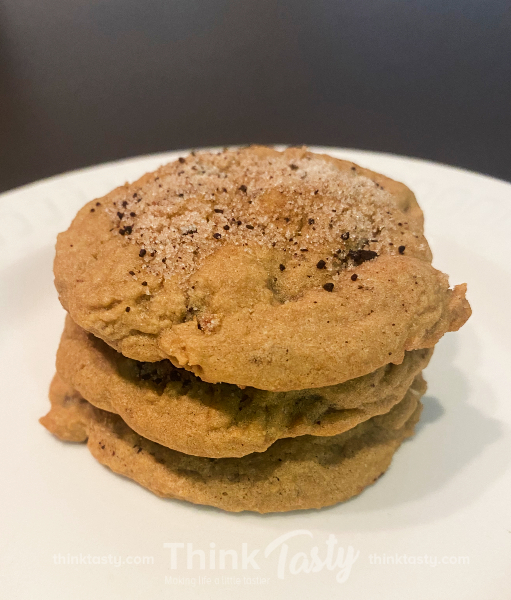 Separating eggs from what, you may ask. It’s actually about separating them into yolk and white. Why? Mostly because of the really impressive things egg whites can do when they’re on their own — though the yolks can come in handy also. But for now, let’s look at the whites.
Separating eggs from what, you may ask. It’s actually about separating them into yolk and white. Why? Mostly because of the really impressive things egg whites can do when they’re on their own — though the yolks can come in handy also. But for now, let’s look at the whites.
Egg whites start off looking unimpressive — just a bit of almost colorless liquid surrounding the much more attention-grabbing yolk. But if you get them out from around the yolk (more on that later) and beat them at high speed, they soon start turning into a white foam that rises into peaks and will eventually take in enough air to be practically dry. As I said above, really impressive for something that was a clear liquid just a few minutes earlier.
How do you get them to that point, and what can you use them for then?
The first challenge is to isolate the egg white completely, not getting any of the yolk mixed up in it. Yolks don’t foam, and they’ll stop whites from foaming. It may look easy to grab the yolk out of the white with a spoon, but you’ll find those yolks are slippery and more breakable than they look. Some cooks use the eggshell itself to separate eggs, pouring back and forth between halves of the shell, but I find it best to use a gadget made for this. You break the egg over it, catch the yolk in the center part, and let the white flow into a bowl underneath. (Just not a plastic bowl, which will always retain a little of any grease it’s held and may stop them from whipping.)
Never mind if you don’t get all the white. It’s way better to have white in the yolk than the other way around.
To beat the whites, it’s best to use a hand mixer or an old-fashioned eggbeater. In theory you can do it with a handheld whisk, but I never have. I have tried and failed to do it with a fork. A food processor might work, but doesn’t give you so much control. It’s also supposed to help if you add a pinch of salt or sugar, but I always forget. Likewise, some recipes tell you to chill the bowl and beaters, but I can’t say whether this makes any difference.
Most recipes will tell you either to keep going till the whites are “stiff, but not dry” or “soft peaks form”. Then you’re usually supposed to “fold” them into other ingredients — mix them very carefully, and not completely, so as not to crush the air out.
Other ingredients could be angel food cake batter, soufflé makings, cookie dough, or just sugar to make a meringue. In a recipe that calls for whole eggs, I sometimes separate and whip the whites to make the dish lighter. (Lighter in texture, anyway.)
Oh, and those yolks — you can use them in place of whole eggs. Nobody’ll notice.


